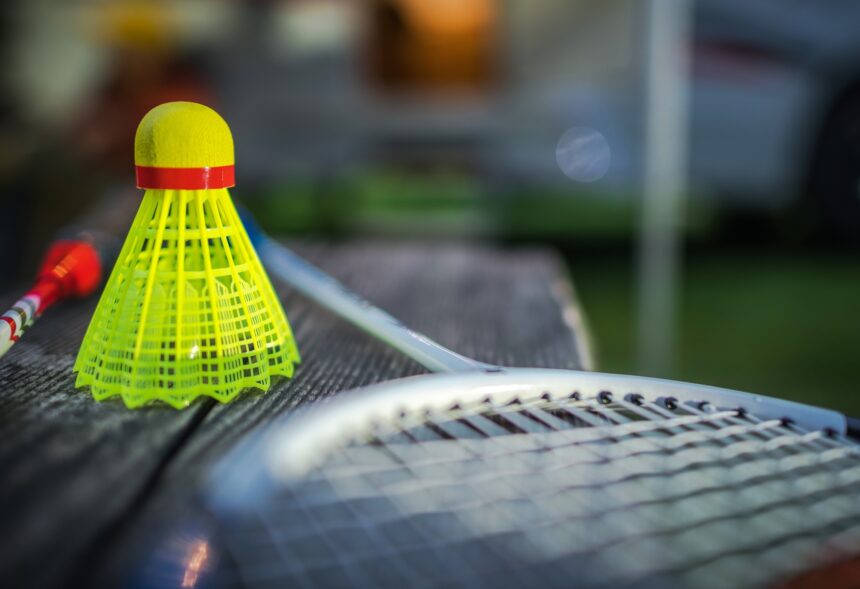Introduction to Pickleball
Pickleball is a rapidly growing racquet sport that combines elements of tennis, badminton, and table tennis. Played on a court similar to a badminton court, it utilizes a perforated plastic ball and paddles, making it accessible to players of all ages and skill levels. The sport has gained immense popularity in recent years, with the USA Pickleball Association reporting over 4.2 million players in the United States alone as of 2020, a number that continues to rise.
The Basics of Pickleball
Understanding the fundamental rules and equipment of pickleball is essential for both new and experienced players. Here’s a breakdown of the key components:
- Equipment: Players use a solid paddle made of wood or composite materials and a lightweight plastic ball with holes.
- Court Dimensions: The court measures 20 feet wide and 44 feet long for doubles, with a 7-foot non-volley zone (the “kitchen”) near the net.
- Scoring System: Pickleball uses a rally scoring system, where points can be scored by either the serving or receiving team. Games are typically played to 11 points, and a team must win by at least 2 points.
Rules of the Game
Pickleball has a set of straightforward rules that govern gameplay. Here are some of the most important:
- Serve: The serve must be made underhand and diagonally to the opponent’s service court. The server must keep one foot behind the baseline.
- Double Bounce Rule: After the serve, the ball must bounce once on each side before players can volley it.
- No-Volley Zone: Players cannot hit the ball in the air while standing in the non-volley zone, which is crucial for preventing aggressive net play.
Playing Strategies for Success
To excel in pickleball, players must develop effective strategies that leverage their strengths while exploiting their opponents’ weaknesses. Here are some key strategies:
- Positioning: Maintain a balanced position on the court. Players should aim to stay near the non-volley zone line to take advantage of volleys while being ready to retreat if necessary.
- Shot Variety: Use a mix of shots, including dinks, drives, and lobs, to keep opponents guessing and off-balance.
- Communication: In doubles play, effective communication with your partner is vital. Call out shots and coordinate movements to cover the court efficiently.
Case Studies: The Rise of Pickleball
The popularity of pickleball can be attributed to several factors, including its inclusivity and social aspects. For instance, communities across the United States have seen a surge in pickleball courts being built in parks and recreation centers. A notable example is the city of Naples, Florida, which has become a hub for pickleball enthusiasts, hosting numerous tournaments and events that attract players from all over the country.
Moreover, the sport has gained traction among older adults, providing a low-impact alternative to more strenuous activities. According to a study published in the Journal of Aging and Physical Activity, pickleball can improve cardiovascular health and enhance overall physical fitness in seniors.
Conclusion
Pickleball is more than just a sport; it is a community-building activity that promotes health, wellness, and social interaction. With its simple rules, engaging gameplay, and strategic depth, it appeals to a wide range of players. As the sport continues to grow, it is essential for both new and seasoned players to understand the rules and develop effective strategies to enhance their game. Whether you are looking to improve your skills or simply enjoy a fun day on the court, pickleball offers something for everyone. Embrace the challenge, and you may find yourself part of the ever-expanding pickleball community.
